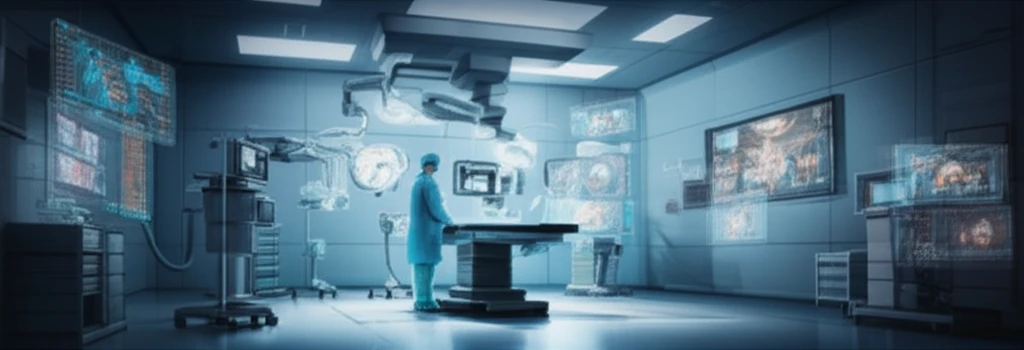
Remote Video Auditing in the OR: Enhancing Safety and Efficiency
"Discover how remote video auditing is transforming operating rooms, improving compliance, and boosting patient outcomes."
Remote video auditing (RVA) has emerged as a valuable tool in healthcare, initially focused on improving hand hygiene compliance and expanding to evaluate cleaning, personal protective equipment use, and endoscope reprocessing. Its success has led institutions to adopt RVA in the operating room (OR) to improve safety, efficiency, and compliance.
RVA allows trained personnel outside the OR to observe team members and activities, including surgical procedures and environmental cleaning. These observers, who may be hospital staff or trained non-clinicians, analyze videos to identify potential errors and provide real-time feedback via status boards or mobile devices.
In addition to real-time feedback, RVA systems can send text or email alerts for OR status changes, safety communication, and compliance issues. Summary performance reports can also be generated, providing a comprehensive overview of OR performance and areas for improvement.
The Benefits of RVA: Improved Safety, Efficiency, and Compliance

The concept of using video in the OR was first explored in 2012, revealing numerous deviations in surgical procedures attributable to communication and organizational failures. This initial study highlighted the potential of video to minimize bias, resolve discrepancies, and provide valuable feedback from outside the immediate surgical environment.
- Reduced Turnover Times: A 2016 study demonstrated a 14% reduction in turnover times with RVA.
- Improved Safety Checklist Compliance: Real-time notifications on OR status and safety information enable timely intervention to prevent delays and address noncompliance.
- Enhanced Cleaning and Reduced Infections: A 2017 study reported a significant increase in compliance with OR cleaning requirements, leading to a 20% reduction in surgical site infections.
- Increased Personnel Satisfaction: Improved safety culture and communication openness contribute to greater job satisfaction.
Overcoming Challenges and Looking Ahead
Implementing RVA in the OR is not without its challenges. One major hurdle is gaining buy-in from personnel who may have concerns about image security, privacy, and potential misuse of the technology. Addressing these concerns through education, transparent communication, and emphasizing the non-punitive nature of the system is crucial.
As hospitals become more experienced with RVA, they are exploring its use in evaluating aseptic practices and promoting a culture of speaking up. While auditing the debrief process presents timing challenges, the potential benefits for continuous improvement are significant.
Studies have demonstrated RVA's ability to improve processes and patient safety in the OR. By carefully addressing privacy concerns, outlining clear protocols, and fostering a supportive environment, hospitals can successfully leverage RVA to create a safer and more efficient surgical environment. As the technology evolves, its applications are likely to expand, further enhancing the quality of care in the OR.
